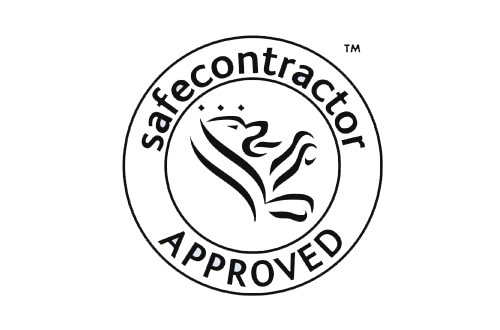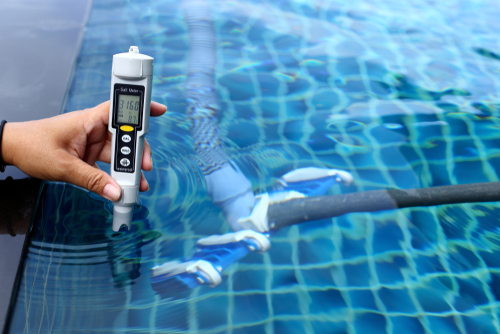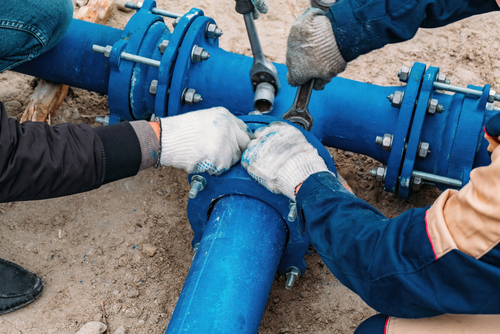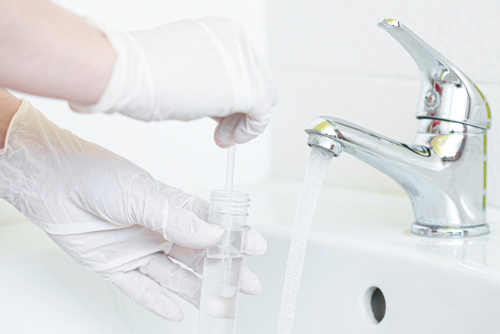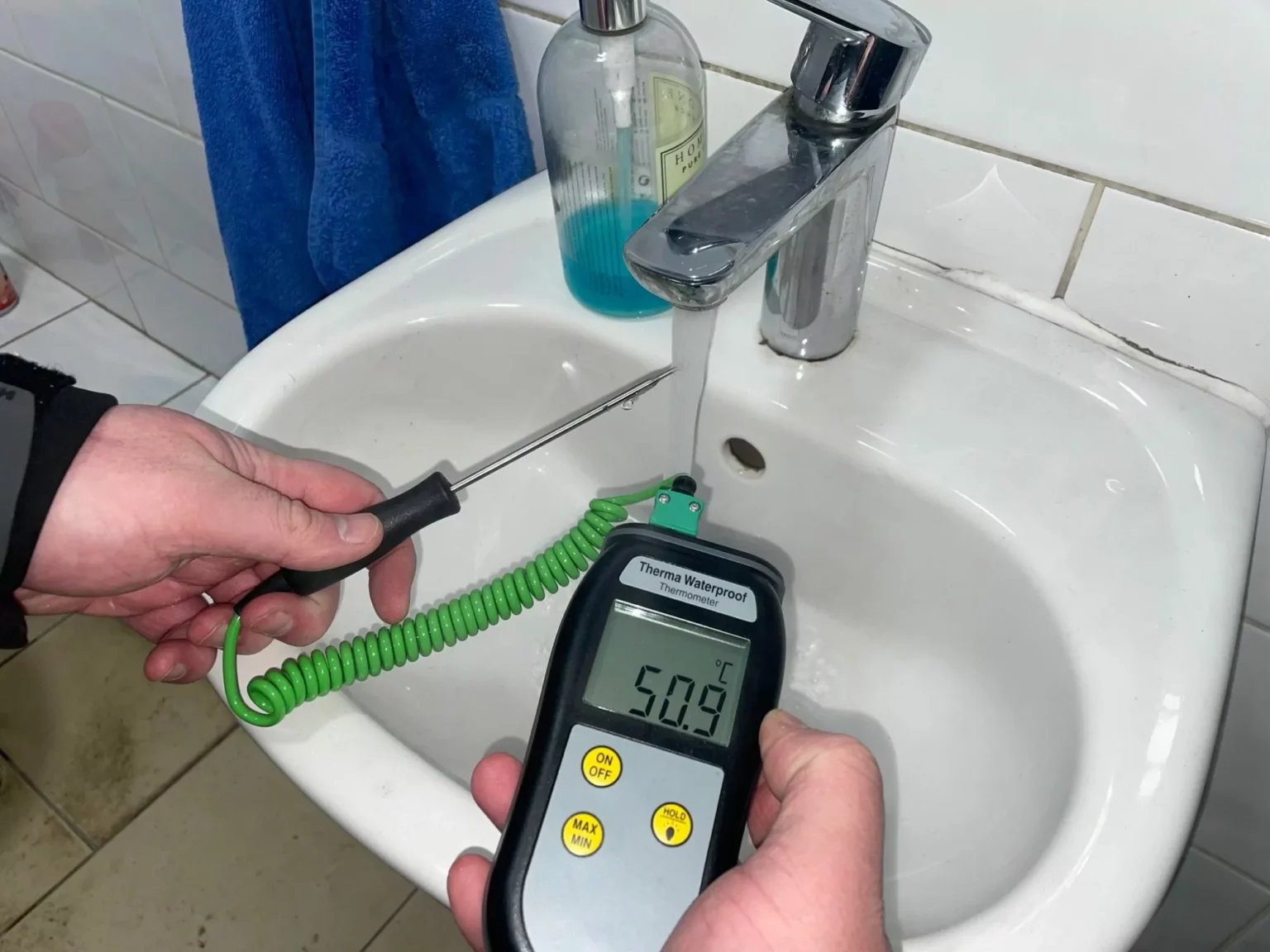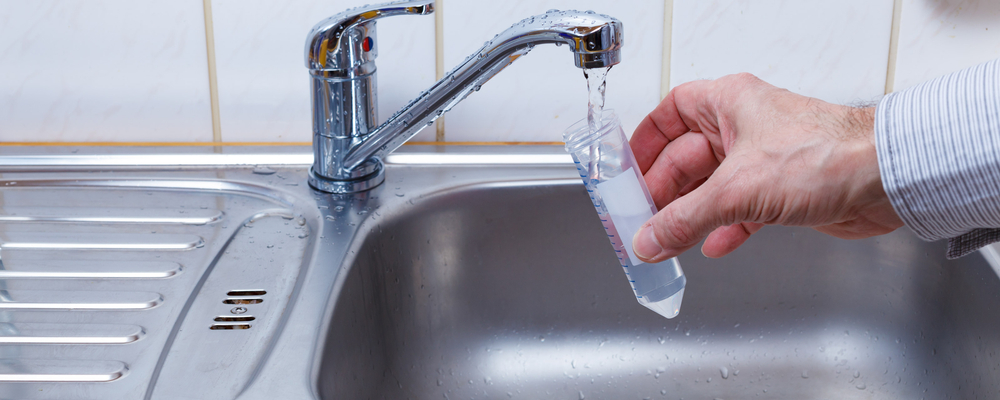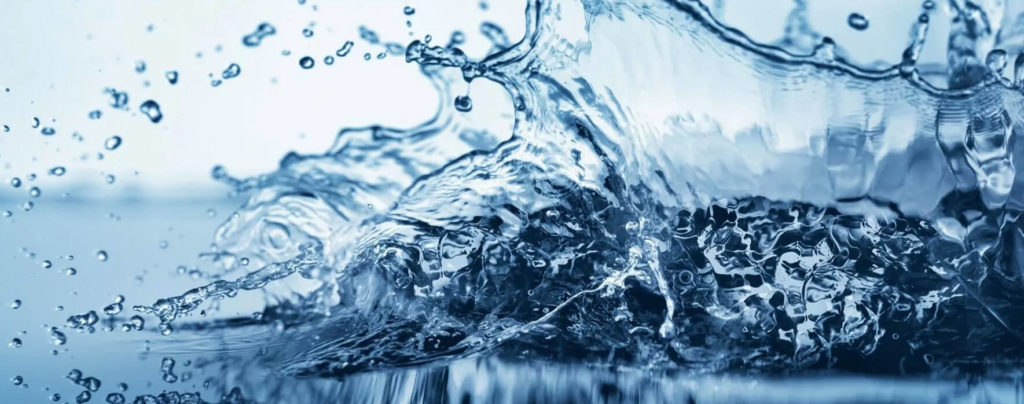December 21st, 2023
Hydrotherapy Pool Water Safety
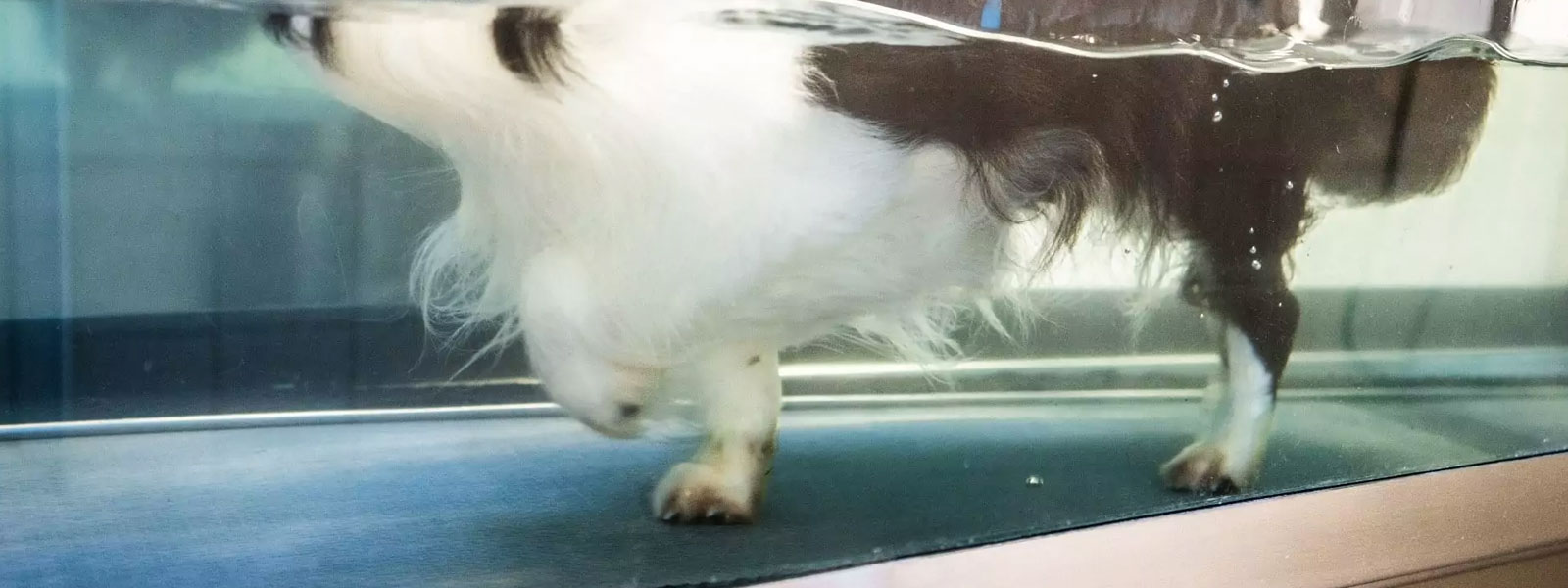
Get started today
get a free quote
Get started"*" indicates required fields
Our Accreditations
Managing Hydrotherapy Pool Water Safety
Hydrotherapy pool water safety is not an issue to be ignored as such facilities can present increased risks to patients, staff and others, especially if the water used in them is not managed and maintained correctly.
Typical water temperatures used in hydrotherapy pools are higher than those recommended for swimming pools and this can create more favourable conditions for the growth and proliferation of several waterborne pathogens.
These can include Legionella bacteria, E .coli, Pseudomonas aeruginosa, Coliforms, Mycobacterium avium and Mycobacterium species, along with less common infections such as amoebal, parasitic and other gastrointestinal infections, furunculosis (caused by Staphylococcus aureus) and Molluscum contagiosum (a viral skin infection producing papillomas).
Whatever the reason for having a hydrotherapy pool, there are a number of important issues that need to be considered that will help pool owners, managers and operators manage the risks associated with them to keep staff and patients safe, and comply with the law.
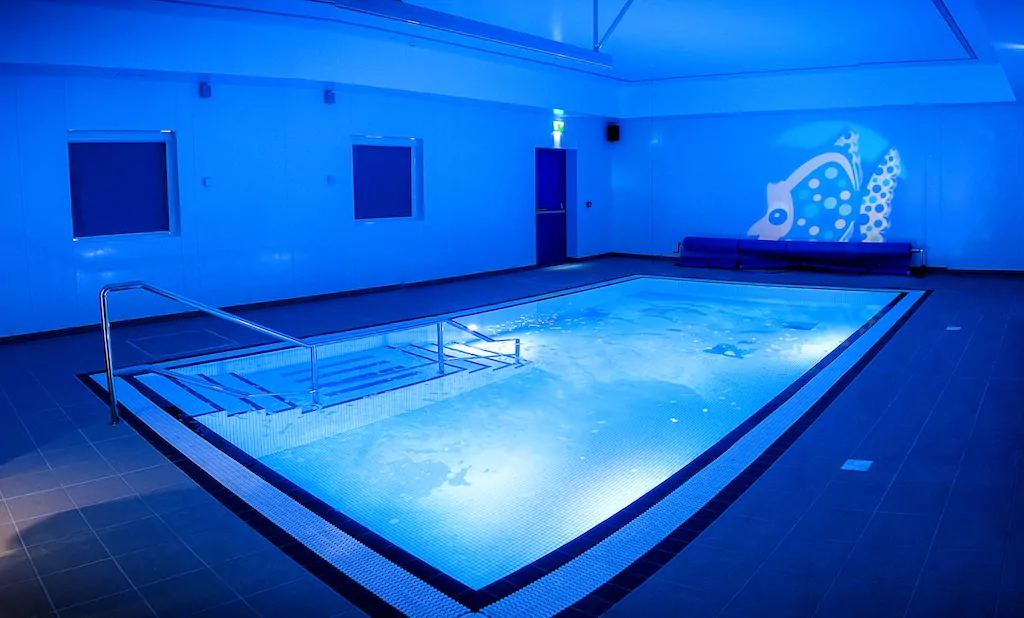
Monitoring Water Temperatures
It’s essential to have a process for keeping accurate records of pool water temperatures.
Measurements should be taken twice every day and recorded in a log book.
The water temperature should be kept at a steady level between 35.5°C and 36°C. For safety reasons it should never be allowed to exceed 38°C.
There are many neurological conditions which prevent patients recognising changes in temperature, and they may not notice that the water is too hot.
There is another group of patients whose health could deteriorate further if they are exposed to too much heat.
This group includes people with heart or lung conditions.
Additionally, if the water temperature drops, this can exacerbate a range of conditions such as chilblains and Raynaud’s disease.
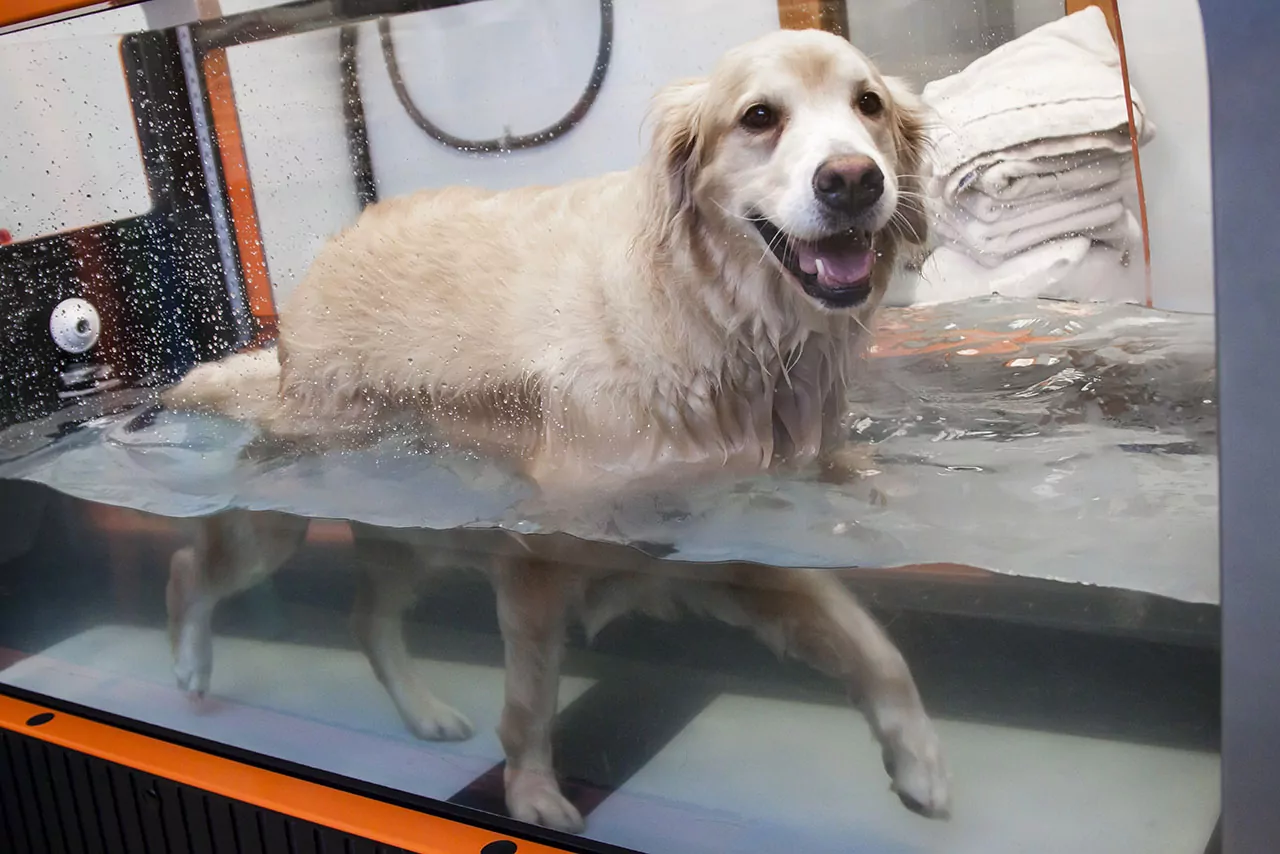
Effective hydrotherapy pool maintenance
It’s vital to have a written schedule for testing and maintenance your hydrotherapy pool.
You will need to develop a routine for testing the pool water every day, and find an independent, accredited specialist such as Acorn Environment Services to perform the appropriate microbiology tests.
Your water sample analysis and inspection policy should record what actions you take together with the standard of the water at the start of the day and the number of patients who are treated in the water during each session.
Patients and staff shouldn’t be in the water for more than an hour, and it’s usually best to split sessions into three blocks of 15 minutes each with a break between to reduce the risk of pool soiling.
Work out how and where you are going to store your sampling kits, to keep them in a good state. Always use equipment in accordance with manufacturer’s instructions, and train staff fully.
Contact Acorn today to discuss a water management programme for your property.
What is hydrotherapy?
Hydrotherapy is a therapeutic treatment involving water at various temperatures and pressures designed to provoke a response from the human body. It typically involves the use of standard swimming pools, hot tubs, spa pools or specially constructed physiotherapy tanks.
These sorts of pools are often found in hospitals, rehabilitation centres, care homes and residential facilities, whether funded publicly or by charitable donations.
Our services
Pest Control & Specialist Cleaning
Pests
Our pest control services deal with every aspect of pest infestation removal. We’ll provide an initial report, remove them, and then advise on how you can keep them from coming back in the future. For pest removal in your home or commercial property, no matter the size or nature of the infestation, trust Acorn Environment Services Ltd.
Water Hygiene
We offer a wide range of water hygiene services, including Legionella risk assessment, water sampling, and the cleaning & disinfection of water tanks. We carry out in-depth audits and follow strict health and safety guidelines designed to keep your water supply safe and hygienic. We also offer bespoke packages for our clients when needed.
Specialist Cleaning
We offer thorough specialist cleaning services designed to treat hard-to-reach areas, including any job considered outside of typical commercial and industrial cleaning. These include graffiti removal, biohazard cleaning, or fogging to remove bacteria and fungi. For more information on specialist cleaning, hit the link below.
Speak to a specialist today
Whatever hygiene improvement requirements you may have – from pest removal to specialist cleaning – we want to help. Speak to one of our specialists today to take the first steps towards a cleaner future.
From our clients

Latest news
October 9th, 2023
How to protect your home from the Paris bed bug infestation
September 5th, 2023
Water Testing: The basics to remember
August 2nd, 2023
Legionella Bacteria & The Role of Temperature
July 17th, 2023
What is water recycling?
How It Works
Leave your water hygiene to the skilled hands at Acorn.
-
Book a survey
Email or call our water hygiene experts for a FREE quote.
-
Need guidance?
Unsure about the service that’s right for you? Our seasoned experts are ready to offer FREE advice.
-
Around-the-Clock help
For those urgent moments, remember we’re here for you 24/7. Don’t hesitate to get in touch.
Speak to a specialist today
Discover how we can help
"*" indicates required fields



